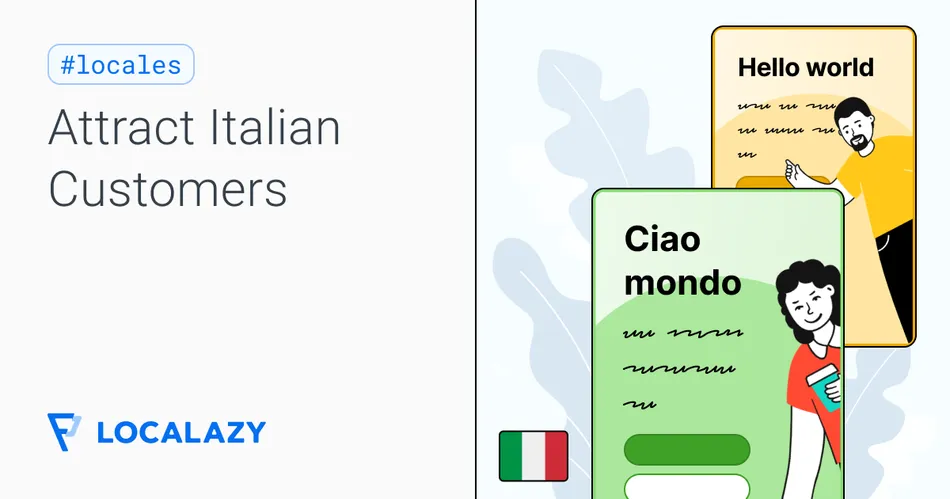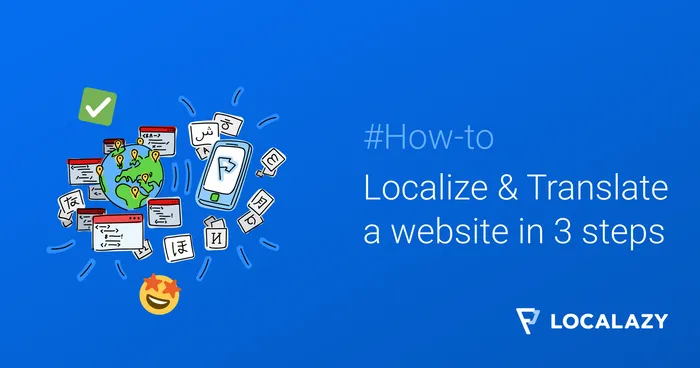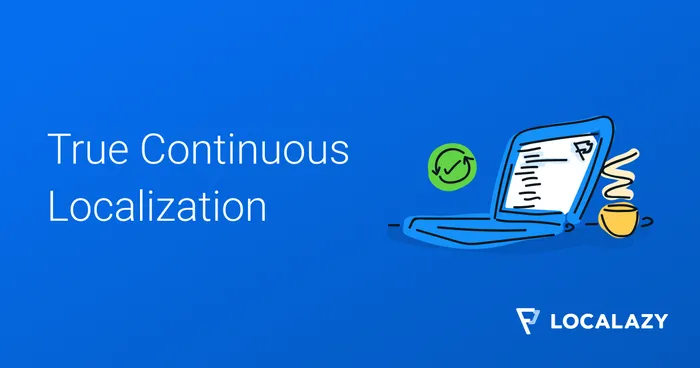Italy - the European country famous for its boot shape and food traditions exported globally. Many people choose it as a holiday destination every year, thanks to its rich variety of cities full of history and art, mountain landscapes, lakes, stunning coastlines, and clean beaches over the Mediterranean Sea.
But have you ever tried to understand more deeply how, instead, Italians travel and decide how to buy online? Did you know that most of them still prefer to shop for products and services in Italian, even if they speak English? In this article, we will focus on how to captivate Italians online and offline through your localization strategy, analyzing their history and language. 🔍 After all, their country has already conquered all our hearts.
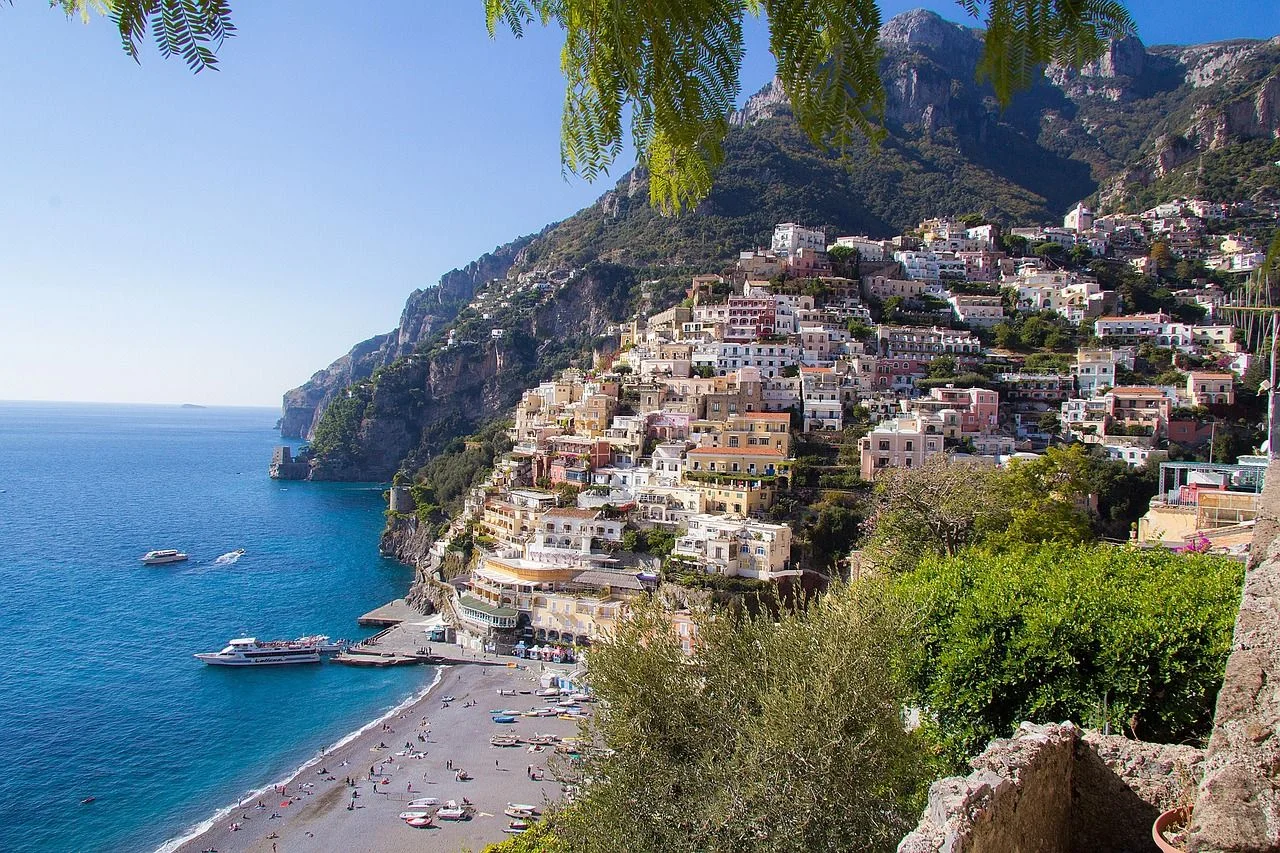
🏟️ The origins of Italy 🔗
Italian history spans over 3,000 years. Its archaeological records date back tens of thousands of years, but Italian history begins with the Etruscans, an ancient civilization that flourished between the Arno and Tiber rivers. During the 3rd century BCE, the Etruscans were supplanted by the Romans, who soon established themselves as the world's leading power. In Italy, you can still feel the remnants of those ancient times, and not only in Rome (still nowadays one of the country's main tourist destinations). Romans built the aqueduct system of the country and all the major road infrastructure systems (this is where the idiom “All roads lead to Rome” -“Tutte le strade portano a Roma”- derives from).
The Western Roman Empire fell in the 5th century after barbarian invasions by the Huns, Lombards, Ostrogoths, and Franks. What used to be a glorious domain became a territory split by several monarchs. Despite the Normans' success in creating a modest realm in the 11th century in southern Italy and Sicily, several city-states ruled by different monarchs were established throughout the peninsula. A number of those city-states, like Florence, flourished during the Renaissance era. This was one of the richest periods regarding cultural Italian production in art, music, poetry, and literature. Italy remained a divided country until 1861 when a liberal revolution resulted in territorial unification.
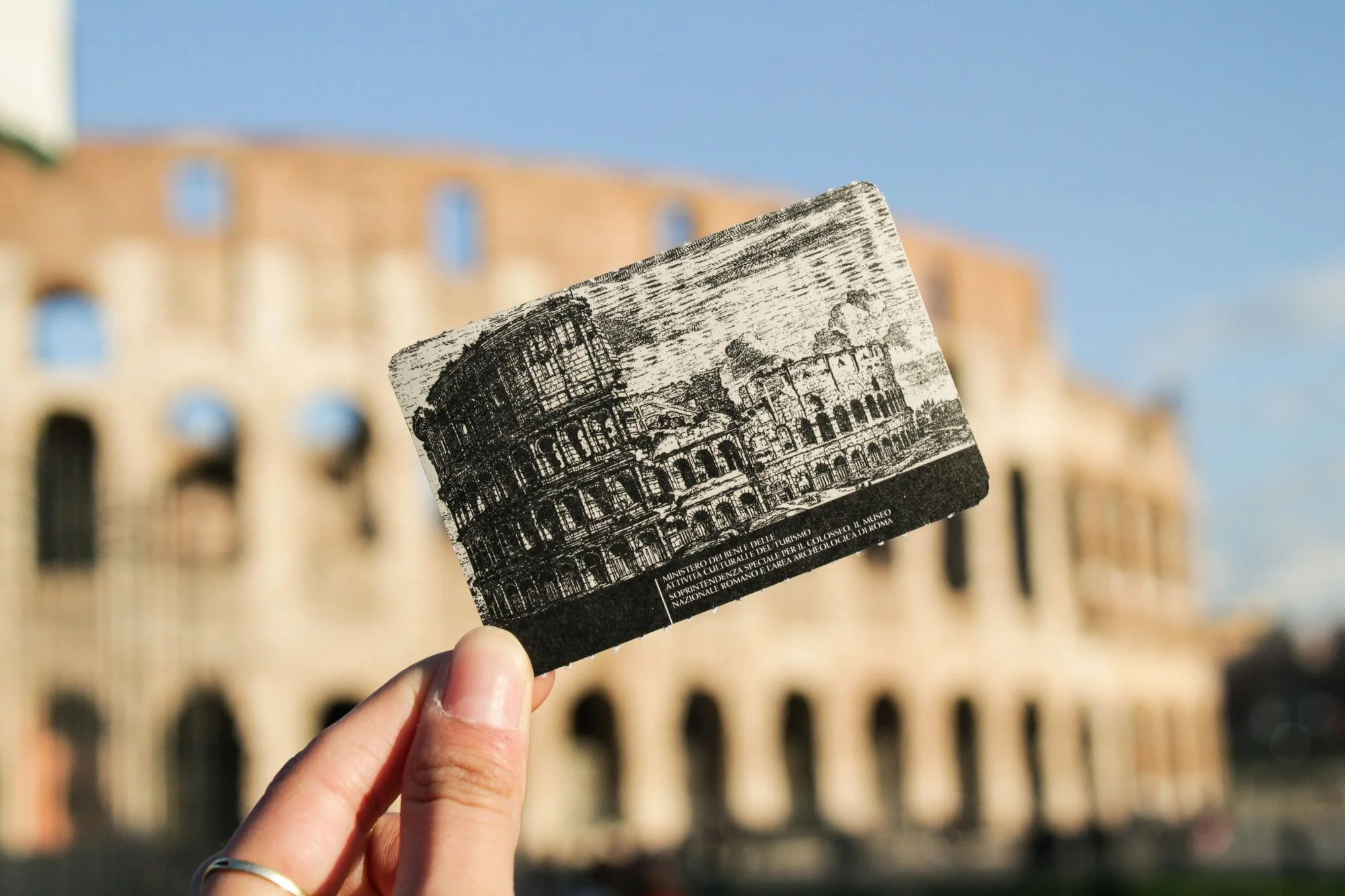
Since the country was split for a long time from north to south and invaded by different populations, the Italian language and local culture in each city and region still vary a lot nowadays.
📖 The history of the Italian language 🔗
Italian is a Romance language that evolved from Latin. It's, in fact, one of the most conservative Romance languages, keeping many traits of Latin morphology, much less of Latin syntax. However, it added some lexical innovations:
- Has many derivatives from body parts - for instance, from braccio (harm), you can derive the words abbracciarsi (hug), imbracciare (take up), sbracciarsi (flail around).
- Italian distinguishes between double consonants - caro (expensive or dear) differs from carro (cart).
- Italian is a synthetic language that doesn't use the Latin case system. Nouns, adjectives, and pronouns have different forms per number and gender, whereas verbs have per tense and form.
There were written forms of Italian in use long before Italy was unified in the 19th century and adopted a common administrative and literary language. They had different levels of prestige, with Tuscan being the language most appreciated by the elites, partly because of the huge impact of the literary works of Dante Alighieri or Petrarch, written in the Florentine dialect.
Italians were slow to adopt an official language, identifying much more strongly with their regional dialects. The eventual supremacy of the standard language also owes much to the advent of television, with the first national programs broadcast between 1940 and 1954.

Regarding regional dialects, many people still speak them (both old people and youngsters), and some have even received official recognition as a language since they have their own grammar and literature:
- Neapolitan, spoken mostly in Napoli but also throughout the Campania region, and some parts of the Abruzzo, Molise, and Basilicata regions.
- Friulian, spoken in the region of Friuli-Venezia Giulia.
- Sicilian, spoken on the island of Sicily but with some variants in the Calabria region and Salento, the southern part of the Apulia region.
- Sardinian, spoken on the island of Sardinia. In Sardinia are also spoken some varieties close to the Corsican language: Gallurese and Sassarese, which derive from an old form of the Tuscan dialect from colonists who ruled Corsica and Sardinia during the Medieval age.
🍕 How many people speak Italian? 🔗
The Italian language is globally spoken by 85 million native speakers, which makes it the 21st most widely spoken language in the world.
Italian is the official language of 🇮🇹 Italy (with 58 million native Italians), 🇸🇲 San Marino, 🇻🇦Vatican City, and 🇨🇭Switzerland, in Ticino. In addition, it is present in:
- 🇭🇷 Croatia and in some areas of the 🇸🇮 Slovenian Istria, 🇧🇦 Bosnia/Herzegovina, and 🇷🇴 Romania, where it's a minority language. It is also spoken in 🇲🇹 Malta and 🇦🇱 Albania, where it is taught in schools and well-known as a foreign tongue thanks to the influence of Italian media. This makes Italian the fourth most common native tongue in the European Union. Even slightly more than Spanish, since the latter is widely spoken as a first language outside Europe.
- 🇦🇷 Argentina, where it is the most common second language.
- 🇧🇷 Brazil, where it is a regional language in certain parts of the country, and schools are required to teach it.
- 🇺🇸 The United States, where Italian speakers are abundant - according to the Italian Embassy in Washington, Italian Americans are 17.3 million, representing the fourth ethnic group of European origins after Germans, Irish, and Britons.

Why is Italian widely spoken as a second language outside Europe? Because of the Italian diaspora. The first wave of diaspora started after the Italian Unification, between 1880 and 1940. Lack of land and poverty were the main causes of this shift. At the time, Italy was still mostly a rural society, especially in the South, where most of the migrants came from.
Italian is the fourth most common native language in the European Union, but it's also spoken in Argentina, Brazil and the USA due to the different waves of Italian diaspora
The second wave started after the end of the Second World War until 1970. There is also a third wave of diaspora that is currently taking place. Its protagonists are young Italians - it is called “fuga dei cervelli”. They emigrate abroad to find better jobs, better salaries, and an improved quality of life.
But - where are all the Italians going? ✈️ In the first and second diasporas, the main destination was the United States, but also South America (especially Argentina). During this third wave, locations have been mixed: they range from Germany to Scandinavia, Austria, Belgium, Australia, the USA, and the Netherlands.
🛍️ The online explosion of the Italian market 🔗
The Italian economy is the eighth-largest in the world and the third-largest consumer market in the European Union, according to the International Trade Administration. The Italian GDP is growing after the pandemic thanks to investments in the infrastructure sector, and digital purchases are soaring in popularity.
According to data gathered by the marketplace software Yocabè, the Italian e-commerce market is on the rise: 60% of Italian customers buy online or through social media at least once a month, whereas those who buy weekly are 24.7%. However, only 53.6% of the 80 million Italian companies selling online use their own website. This is because they struggle with logistics regarding returns and shipping costs since Italians tend to prefer free shipping.
The most purchased online products by Italians fall into the categories of retail and footwear (62.1%), electronics and IT (60.1%), furniture and household goods (52.1%), sportswear (50.1%), make-up (44.4%) and supplements (41.6%).

In addition, there is an increasing interest in online subscriptions - be it general news, e-books, podcasts, audiobooks, music streaming, gaming, or video entertainment.
The Italian second-hand economy is exploding, too, both offline and online. IT products, electronic appliances, furniture, books, and fashion are in high demand. Budgets are tighter after the pandemic, and many Italians prefer buying goods that they really need. A new trend among youngsters is also growing: the attention to 🌱 sustainability, with a regard for circular economy models.
6 out of 10 Italians buy online or through social media at least monthly. Retail goods, footwear, electronics and IT products are highly in demand
Generally speaking, Italians are cautious before purchasing, and not just because of the increasing inflation rate - it is a cultural feature. Italians are not prone to risk and tend to make a lot of comparisons among competitors: even one detail can make a difference. 🕵️♀️ They are willing to pay a high price for better quality, but they want to double-check to be sure they are making a good choice. For online purchases, the phenomenon of showrooming is very common - Italians first visit a brick-and-mortar shop to check in person how a product is. Then they buy it online since they can usually take advantage of discounts or other promotions (especially for fashion and retail purchases).

🛵 Italian localization style guide 🔗
Now that you have a deeper understanding of how Italians shop, let’s go through some tips on how to captivate them.
1. Use a native translation team 🔗
Since they tend to think twice before making a purchase, the best way to stand out in the crowd is to take special care of how you communicate, which means localizing all your content into Italian. Speaking the language of your audience implies an understanding of their desires and cultural needs, and that’s why we recommend investing in professional localization services offered by natives.
2. Be mindful of habits and celebrations 🔗
Did you know that Italians mostly go on holiday in August?🍦Promotional campaigns for tourist destinations will work much better if you target them accordingly. August 15th is a religious bank holiday in many countries, including Italy, where it's called “Ferragosto.” It is considered the warmest day in the summer. Most offices and shops close throughout Italy during that week. That’s why focusing on promotional packages for August instead of July and June will have a higher commercial impact.
Italians tend to think twice before making a purchase. A native localization team will help you align better with their habits and cultural traits
Don't forget to consider the different Italian celebrations, because what you have in your country may not exist in Italy! Italy is a catholic country, and all celebrations still follow that tradition, from Christmas and Easter to regional religious events, like Patron Saint Days, which are particularly celebrated in the southern part of the country. Other celebrations to consider for promotional campaigns in Italy are June 2nd (Republic Day) and the bank holiday weekend from April 25th to May 1st (Liberation Day and Labour Day).

3. Speak like a local 🔗
Good Italian localization doesn't underestimate the richness of Italian vocabulary. Multiple synonyms can be used to express the same concept depending on the context since Italians don’t like repetitions. Long sentences with many subordinates linked to each other are also common. 📝 Even if briefness is advised for marketing purposes, you should balance long descriptive sentences and conciseness to sound more natural.
4. Pay attention to pronouns 🔗
Be careful with the usage of addressing pronouns, especially when localizing from English to Italian, since this source language always uses the pronoun “you”, which can sometimes be misleading. Italians use three addressing pronouns:
- “Tu” is the most common pronoun for marketing purposes - informal, straight to the point, and very friendly.
- “Lei” is a formal version that is rarely used. Some luxury brands employ it as a way to set boundaries between the company and the customers.
- “Voi” is an outdated way of catching the attention of a single person, and it only makes sense if you are addressing a wide audience.
5. Localize using national references 🔗
Eventually, be sure to use Italian imagery - replace your images with those featuring Italian landscapes, landmarks, and architecture. 🏞️ ⛪ Don't make the mistake of the tourist campaign Open to Meraviglia and use stock videos filmed in Slovenia! The mistakes made by these marketers raised a lot of attention in the country, and the main marketing goal was inevitably pushed to the background. The key to creating conversions is to capture your audience's attention and satisfy their expectations, not make them complain.
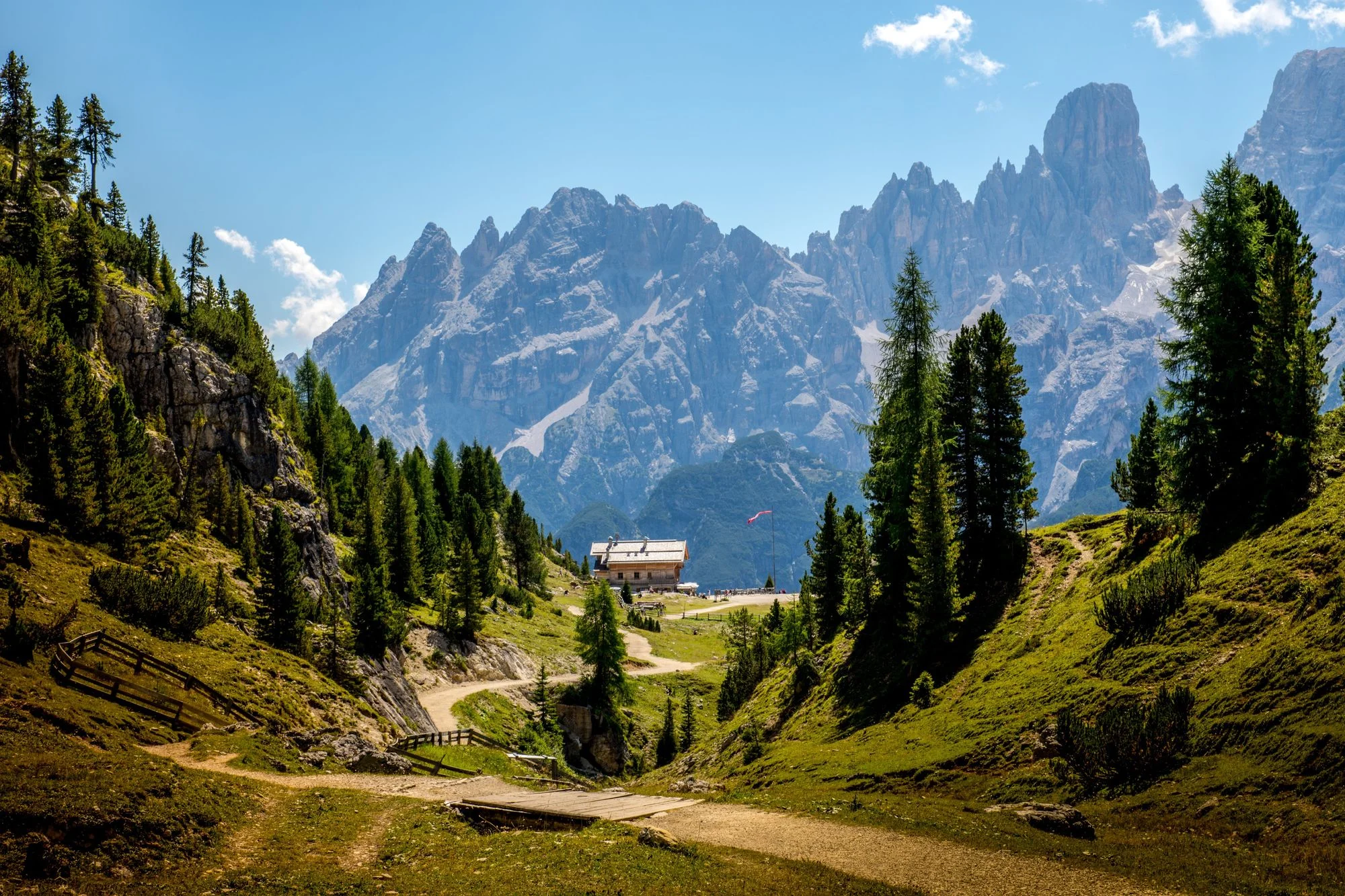
🍝 Italian regions: perfect your localization 🔗
A successful Italian localization strategy must also include the right Italian keywords - to do this, consider local search habits and different regional trends. For historical reasons (explained at the beginning of this article), all 20 Italian regions differ greatly - they all have their food specialties, local celebrations, and dialects. In the Apulia region, even every city and town has its own dialect! 🗣️ If you compare the northern and southern parts of the country, cultural differences are still huge nowadays.
From North to South 🔗
Based on Hofstede's cultural dimension theory, North Italy falls into the individualist cultures category, whereas South Italy (including Sardinia and Sicily) is considered part of the collectivist cultures.
The northern part of the country, where cities like Milan, Bologna or Torino are located, is famous for its work opportunities and the presence of the nation's leading industries. The lifestyle here is hectic, privileging indoor gatherings and not late-night activities. People here have higher salaries than the rest of the country.
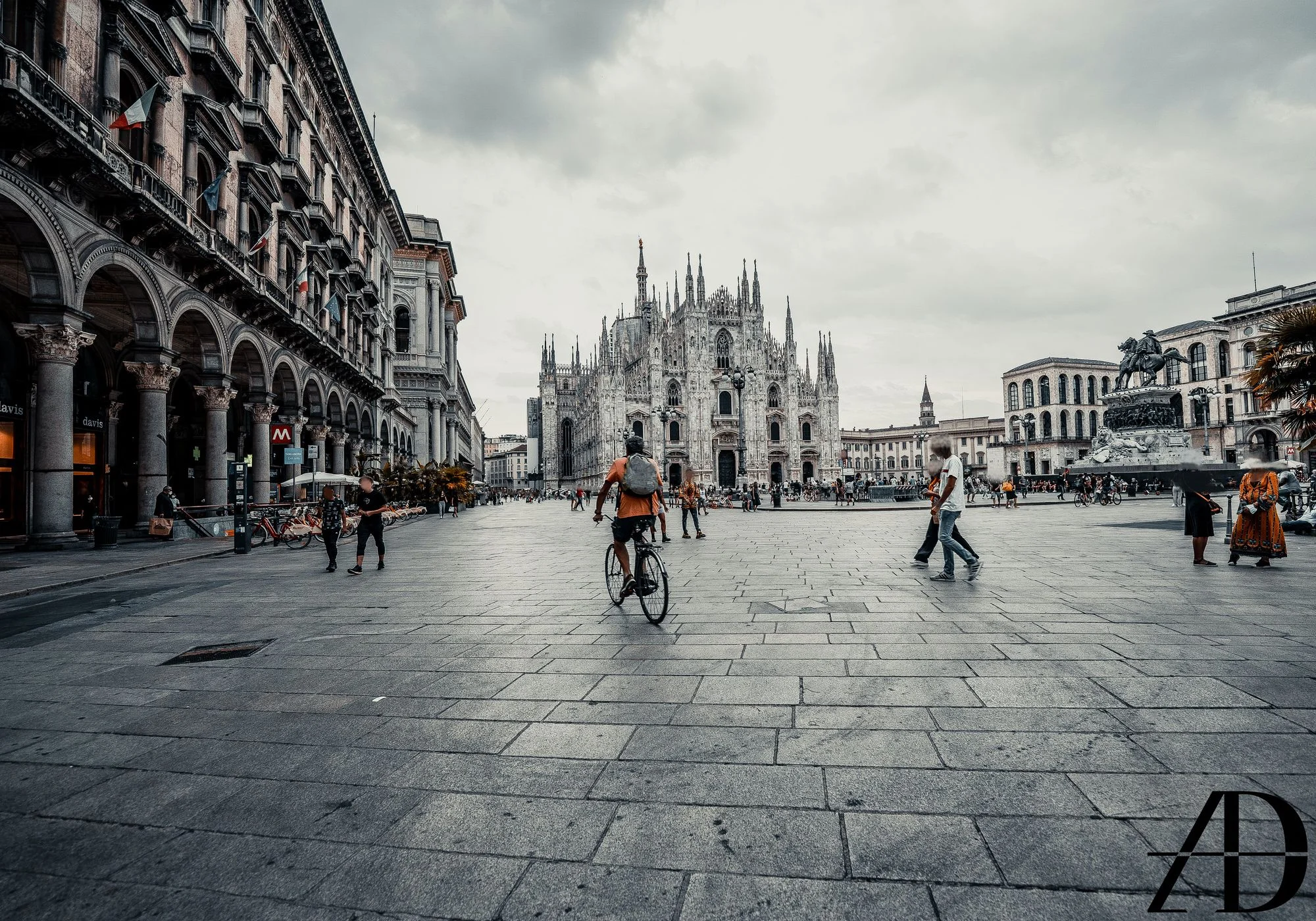
The country's southern part, which includes Naples and Sicily, is popular for its coast and family-oriented lifestyle. Outdoor gatherings are frequent all over the year, and late-night habits are common even among old people. South Italians tend to live their lives more slowly and think that “less is more”, privileging quality over quantity in their day-to-day.
Examples of local slang 🔗
Naturally, Italian idioms and expressions are different depending on the region. Let's see some examples:
- 🫤 If you want to describe an object with low value, uninteresting, or not amusing (it also applies to people), you can use the words “scadente”, “smorto” or “inutile.” But if you want to localize it for people in Milan, you should translate it as “barlafus,” whereas in Genoa, the term will be “ravàtto” and in Naples, “chiavica."
- 🏃♀️💨 If you want someone from Sicily to hurry up, you will say: “Siamo in ritardo, vedi di arriminarti!”, whereas in Milan, you'll use: “Forza che siamo in ritardo, disciules!”
- 🥱 If you are in Tuscany and feel sluggish, you'll say “oggi c’ho l’uggia!” whereas in Apulia, you'll use “oggi sto sprisciato/sprisciata!”. In Milan, that'll be: “Mi è venuta la pecola”, and in Sicily: “Mi è venuta la canazza!”
- 💬 Even filler words can vary in Italy, such as “belìn” for people who live in Genoa and “pota” for the inhabitants of Bergamo.
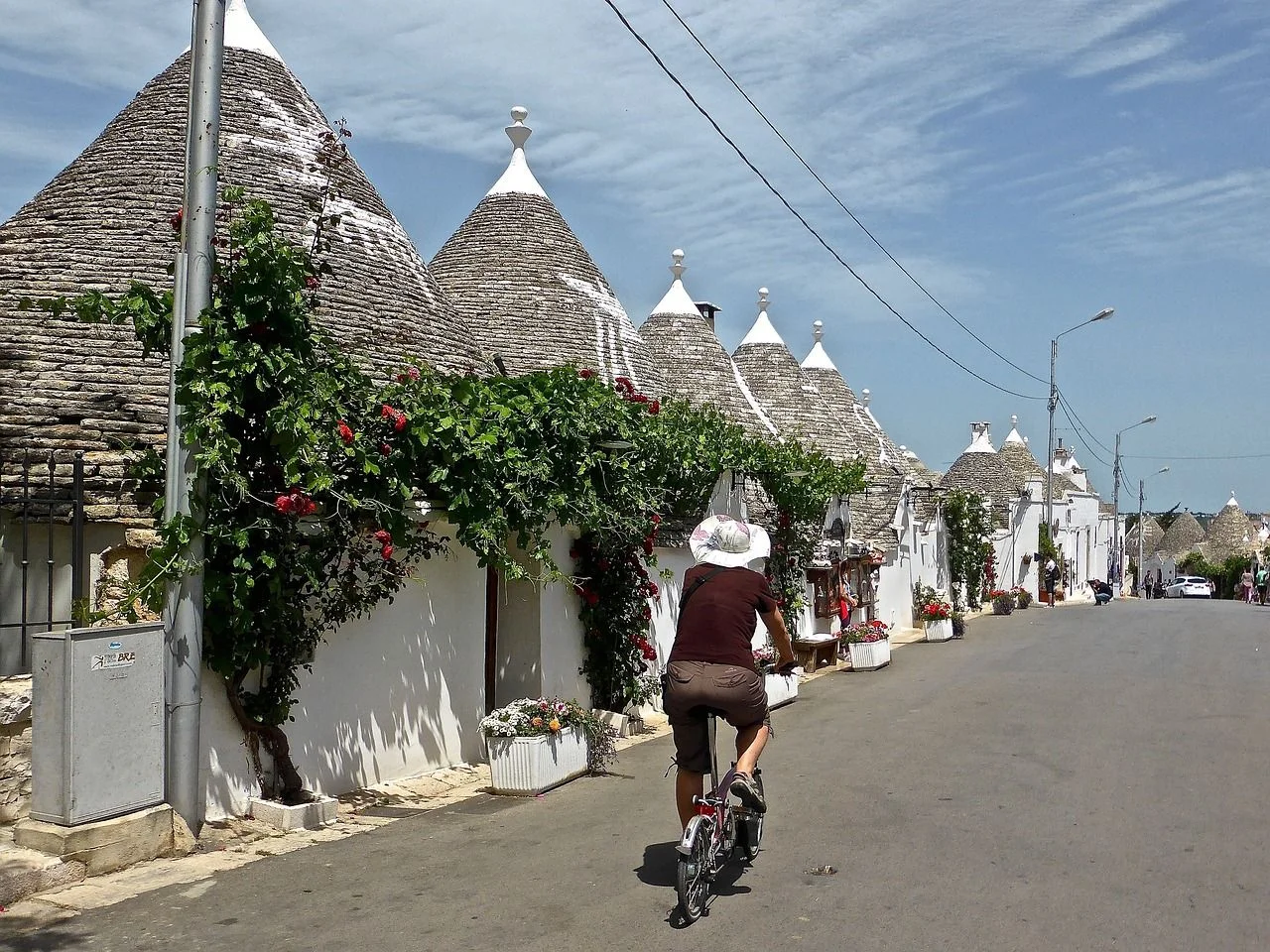
🛶 How to use professional Italian translation services 🔗
English to Italian: the most common language pair 🔗
When you map out your entry into the Italian market, the first (and most common) linguistic combination you will consider will be English to Italian. You'll often encounter texts already translated from another language into English, using it as a bridge language (especially in the IT field). It is also the cheapest language pair since many professional translators offer Italian translation services from English.
German to Italian and French to Italian: the most demanded 🔗
Germany and France are the two countries with whom Italy trades the most - it is not a surprise, then, that they are also the most demanded source languages when we talk about Italian localization.
German-to-Italian translations are frequent in the automotive industry (for instance, Audi and Volkswagen have a lot of exports in Italy), in the tourism sector (most of the tourists in Italy are German), and for pharmaceutical products, whereas French-to-Italian translations are more in demand in the perfume and fashion industries.
Both language pairs offer a sufficient supply of professional translators to ensure that prices aren't as high as with other pairs.
Italy’s relationship with neighboring countries 🔗
Croatia and Spain have huge Italian communities due to emigration. 🧳 On the other hand, many Romanians have moved permanently to Italy. Italian is a minority language both in Romania and Croatia. This leads to the need for translations from Croatian, Spanish, and Romanian to Italian and vice versa, particularly in the legal and tourism fields. Since there are rarer languages, these services will have a higher price point, with the exception of the Spanish-to-Italian combination.
German to Italian translations are frequent in the automotive, tourism and pharmaceutival industries, whereas French to Italian is more in demand for perfume and fashion products. Legal and tourism localization is required the most for Croatian, Spanish and Romanian to Italian pairs
Italian localization services: who to contact? 🔗
Although human-assisted machine translation (HAMT) can be useful if your budget is tight, a solid internationalization strategy will always rely on the power of professional localization. At Localazy, we suggest you hire a team of professional linguists for your Italian localization needs. Ensure that each professional you contact is a native speaker of the target language to get the highest quality standards. Only a native speaker who knows the local peculiarities regarding slang, dialects, and Italian customer journey preferences will be able to reach your targets effectively. Don’t underestimate this aspect if you are a project manager who has to assign a translation project.
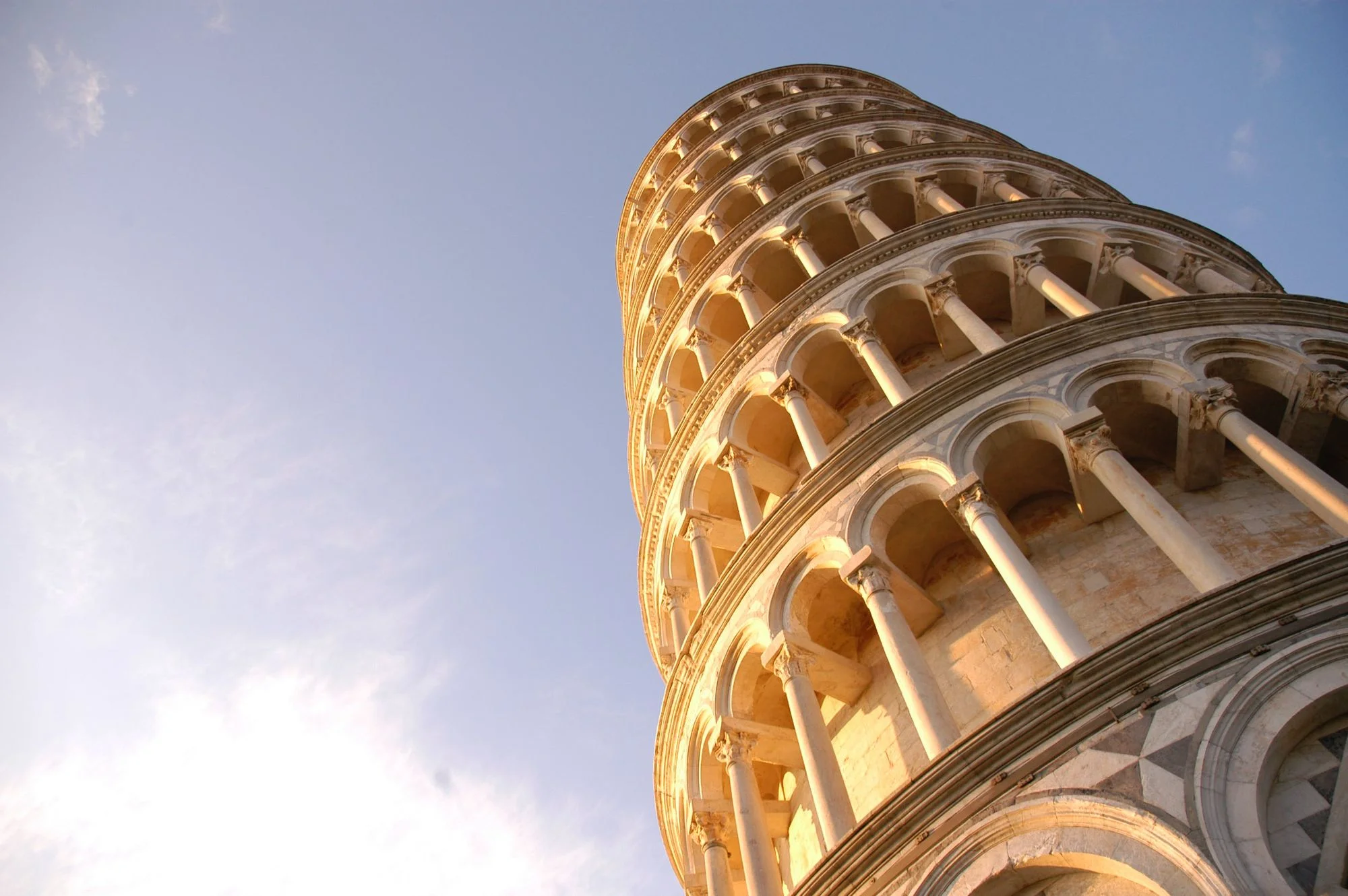
🚩 Italian localization with Localazy 🔗
The Italian language is widely spread and spoken inside and outside Italy. To target this audience, you need to speak and think as they do. If you are convinced that Italian localization has potential, you don't have to look further! You can translate your software, apps, or digital content into Italian using Localazy.
Find out how to order a certified translation directly from Localazy in our ultimate guide, and start localizing your product to Italian now. If you need help translating, you can always enlist a team of professional translators to help you get the perfect result.
